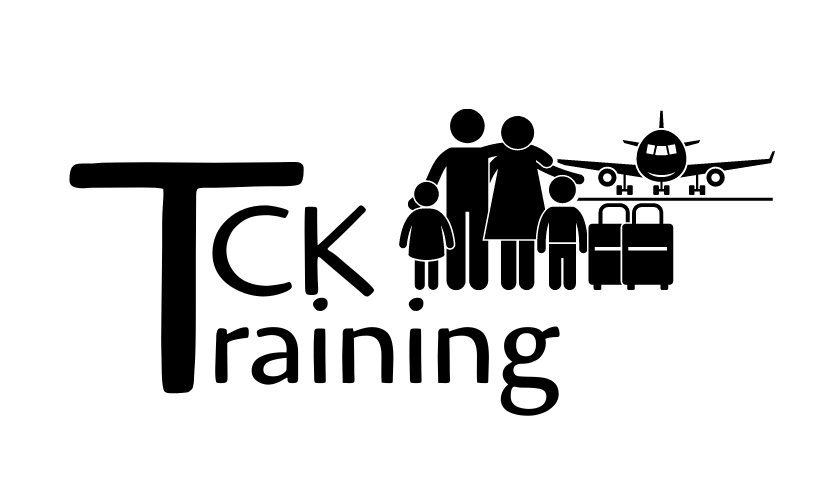Narrating Your Child's Feelings
I have found that my two year-old does better in unfamiliar situations when I narrate for her. When we are on our way to whatever activity it is, I explain, to the best of my ability, what she can expect and what I expect of her.
When talking with TCK counselor, Josh Sandoz, he mentioned the idea of not just narrating expectations, but more importantly, narrating your child's feelings. This is particularly useful when you are moving overseas and entering a land of many unknowns. Young children have not yet learned to reason through their thoughts and feelings, so when they are overwhelmed by them, they can act out or shut down. I have seen many parents surprised at how severely or uncharacteristically their child reacts when moving overseas. Sometimes these behaviors last well into the first year in the new culture or even beyond. Narrating your child's feelings is one way to help them work through the challenges that they don't have the words or maturity to work through on their own and it combats their natural response to act out or shut down.
So what does this look like?
Example 1:
"Wow! That was a really long flight and I'm sure you are very tired. I'm feeling a bit grumpy because I'm so tired, but I bet when we sit down and get some food we will all feel better. How are you feeling, son?"
Example 2:
"Your new school will probably be very different from your old school and that might make you feel a bit anxious and uncomfortable. After you have been there for a while it will probably start to feel more normal, but it is ok to not love it right away."
Example 3: "When we go to the market, there will probably be a lot of people and because you have light skin and hair, they may touch you. I know that it makes you feel mad when people touch you who you don't know, so when you start to feel that, squeeze my hand and we'll find a place to go and take some deep breaths."
Some things to keep in mind:
1. Choose small, digestible feeling words that your children can grasp. Over time their feeling word vocabulary will expand, but when you are using narration in already potentially overwhelming situations, stick to words that they already know. When they are in more comfortable, predictable situations, look for ways to narrate for the purpose of expanding their feeling word vocabulary. If you do this regularly, then you will have a larger word pool to pull from when you’re in more challenging situations.
2. Don’t assume that you know what your child is feeling. For very young children, you may need to tell them what they might be feeling (see Examples 2 & 3), but with older children, take the time to ask them how they feel in a particular situation. In this scenario, narrating might be describing your own feelings with the intention of normalizing those feelings for your child (see Example 1).
3. Give them permission to feel. Narrating should normalize and validate feelings, not tell them why they shouldn’t feel a certain way. Look at Example 2. In the example, the child’s feeling is acknowledged, validated, and they are given permission to feel negative feelings. It can be tempting to instead say, “Your new school will probably be very different from your old school and that might make you feel a bit anxious and uncomfortable, but there’s no reason to feel that way! You’re going to love it in no time!” While this example may seem harmlessly optimistic, it communicates to your child that they are not allowed, or don’t have a valid reason to feel anxious and uncomfortable. This not only doesn’t take away their negative emotions, but may also keep them from sharing them with you in the future.
4. Provide a solution. See Example 3. The parent foresees that the child may encounter a situation that may be a trigger for anger, but instead of saying, “Don’t get angry.” (which may be difficult or impossible for a child to control and also isn’t healthy), give them a solution (“When you start to feel angry, squeeze my hand and we’ll find a place to go and take some deep breaths”). This teaches them to work through their negative emotions in healthy ways- a practice that has life-long benefits!
The purpose of doing this emotional narrating is to normalize and validate your child's feelings, give them an appropriate way to work through that feeling, and show them that you experience uncomfortable and overwhelming feelings as well. While you may not be able to predict what every situation will look like (especially when you are in an unfamiliar culture yourself!) you do know a lot about your child and may be able to anticipate what negative emotional triggers they might encounter. Not only will this help your child, but you may find that this practice helps you to expand your own self-awareness and adaptability, creating an even greater sense of security for your child.



